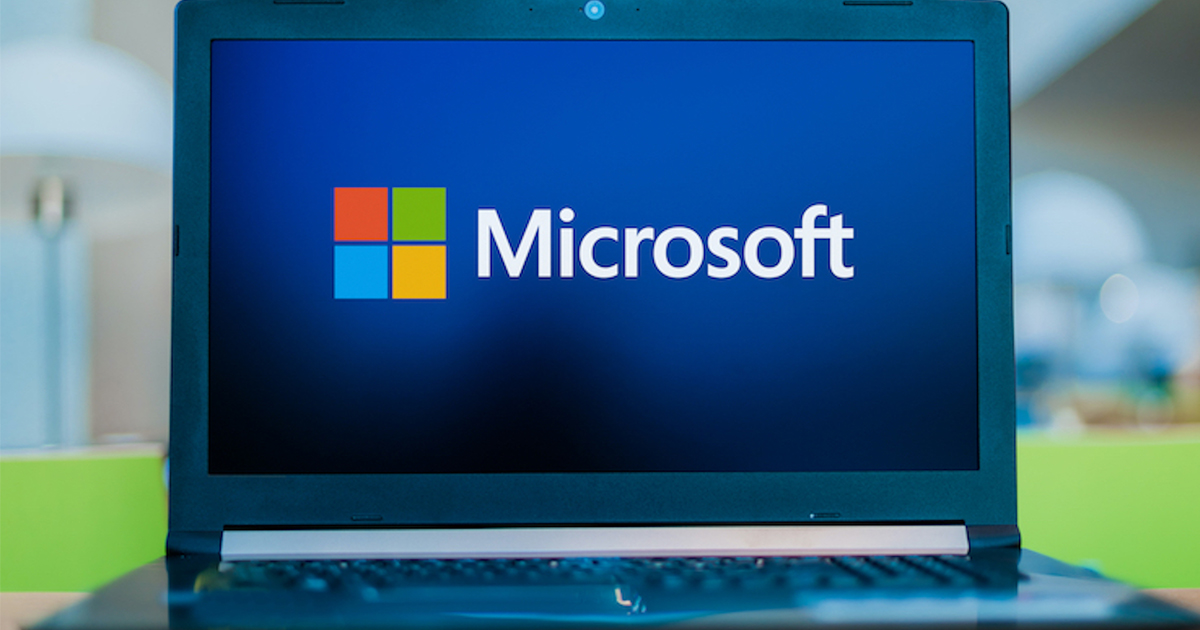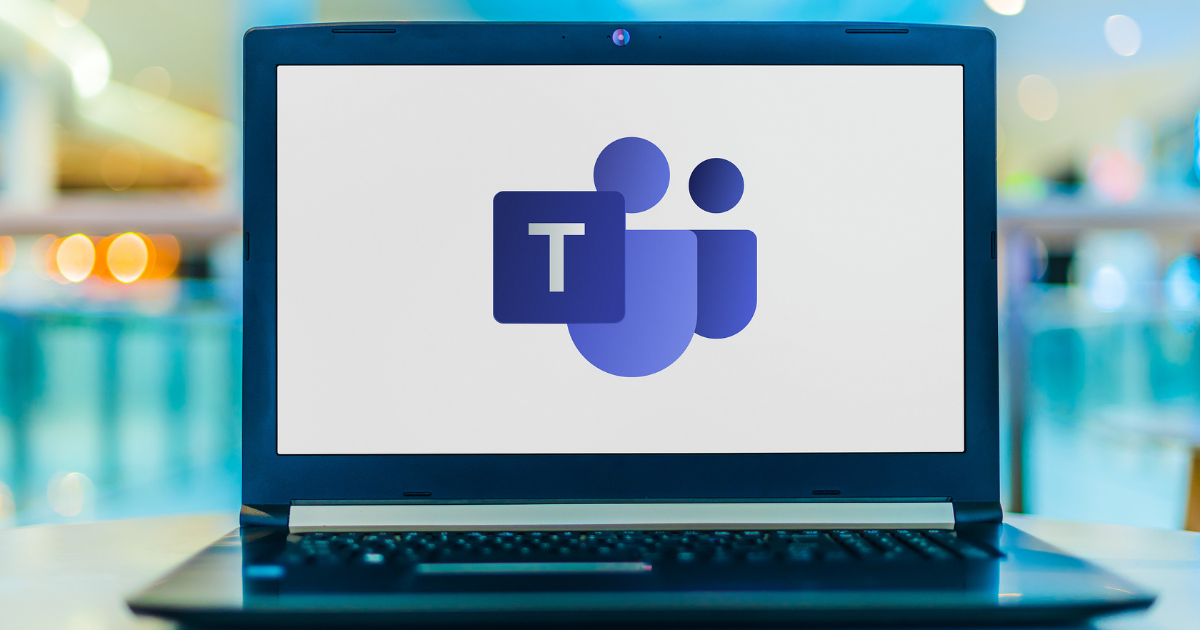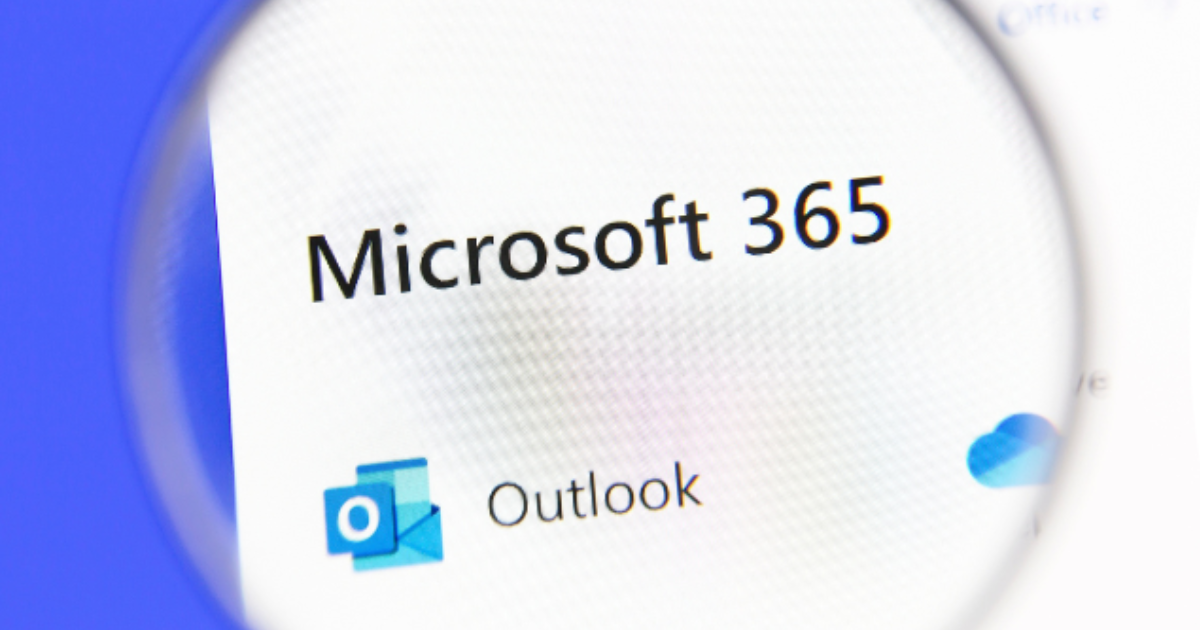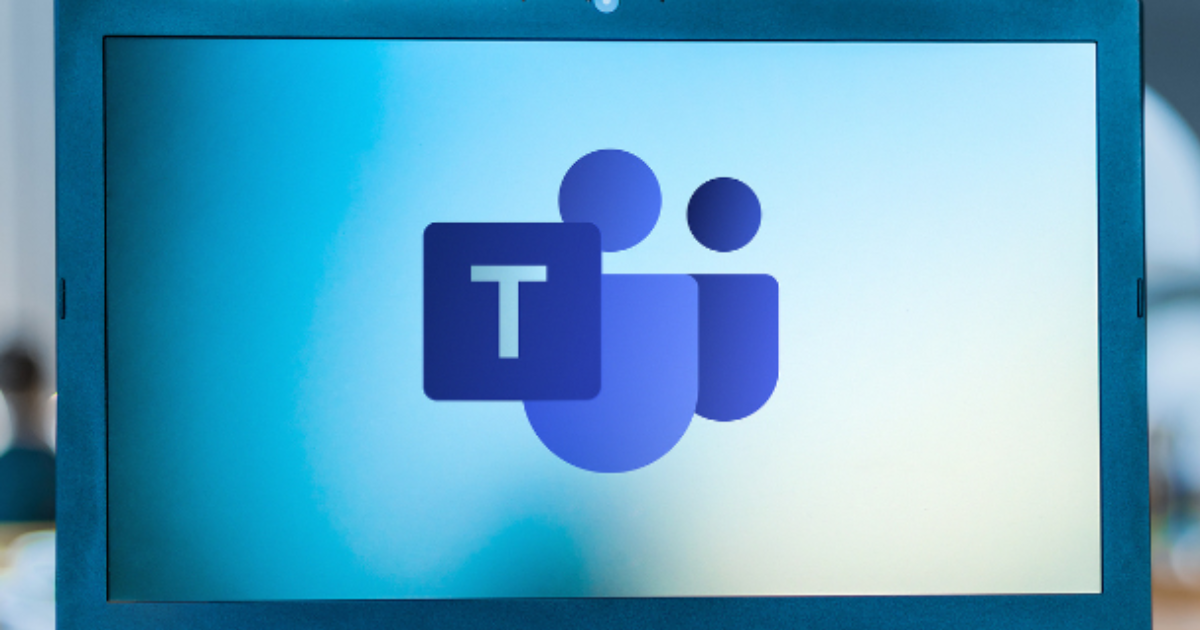4 Valuable Reasons You Should Be Leveraging Teams in Microsoft 365

Sometimes you can have a software treasure hidden within another tool you’re using and not even realize it. Something that can potentially save you money and improve the efficiency of your business processes. But, often these “treasures” go unused either because a business owner doesn’t realize it’s there or doesn’t understand how it can be helpful to their company. One of these tools that often goes underutilized is Teams in Microsoft Office 365. Some people think Teams is just a video conferencing program, other’s think it’s like Slack for real-time messaging. While it can do both those things, that’s just the tip of the iceberg.
What is Microsoft Teams, Anyhow?
Many Microsoft 365 users don’t even realize they have Teams. It comes with Microsoft 365 subscriptions, and it’s actually one of the most powerful tools in the platform beyond the main Office suite of Excel, Work, PowerPoint, and Outlook. The best way to describe Microsoft Teams is as a central workspace and communication hub. It’s like a cloud-based “command central” for an employee’s workflow and a place your entire team can stay in real-time communications. Between July of 2019 and April 2020, MS Teams daily active users increased by 477%. Businesses that discover teams and start using it tend to wonder how they got by without it. It’s been particularly valuable during the pandemic shutdowns, allowing business teams to stay in touch with customers and each other. Here are some of the main features of Teams:
- Real-time, channeled messaging
- Video conferencing
- Audio calls
- Status messages
- Activity feeds
- Launchpad for apps & files
- Company Wiki
- Co-authoring
- Department/group specific security
Benefits of Using Teams at Your Business
Next, let’s go though some very real ways that Teams in Microsoft 365 can benefit your Middle Tennessee or Southern Kentucky business.
Make the Workday More Productive with Tabs
One of the features in Teams is the ability to add a collection of tabs to any channel in teams. “Channels” are the different group areas you set up, such as a channel for the HR department, sales department, etc. Let’s say that your HR department, like any other department, has a group of work assets they use regularly. These might be:
- Excel or Word files
- Websites (like those for employee payroll taxes)
- Cloud software
- PDFs (like employee notices)
If each person on your HR team has to access those assets one by one throughout the day, week, or month, those minutes of searching out a file or website can really add up. What if they were all grouped at the top of the HR’s Microsoft Teams channel instead? Each team member could have instant access and new HR employees would know just what they needed. Using tabs in teams gives each person their own central work hub with the assets they need organized according to department or project, making their days much more productive.
Keep Communications Secured in One Place
The problem with some communication workflows is that they make it nearly impossible to piece together a communication trail. For example, say a customer emails a purchase order to a sales representative. Later, because he’s in a hurry and not at his desk, the sales rep sends an invoice to the customer via text message from his personal phone. Someone coming in to help when that rep is out sick, only sees the email, but can’t see the texted invoice, so a confused customer ends up with two separate invoices for the same PO. Teams solves those types of problems by keeping all your communications in one place, nicely organized in a channel of your making. Teams will keep all these communication types together for you:
- Messages
- Emails
- Video/Audio Calls
- Shared files
Keep Everyone on the Same Page
One of the constant struggles in companies of all sizes is communication. People can easily feel left out of the loop, and miscommunication can lead to mistakes, dropped balls, and other problems. 74% of employees feel they are missing company information and 57% feel they are not being given clear direction to do their work. When employees work from home remotely it makes the challenge to keep everyone connected even more difficult. Teams is designed to be a cloud-based communication portal. Employees can stay connected on any device and the platform keeps things organized so it’s not just one big text flow for everyone. Here are some of the ways MS Teams keeps your team connected in an efficient way:
- Custom status messages (e.g. “At lunch until 1pm”)
- Use of @mentions so you can virtually tap someone on the shoulder
- Ability to filter alerts so you’re not getting interrupted
- Filtering to keep important messages at the top
- Both group and direct messaging
- Private and public channel settings
Improve Your Customer Experience
Teams allows you to invite guest users, which means you can use the application to improve your customer support. For example: Say that you’re coordinating a construction project with a client. Instead of communicating through a bunch of inefficient emails, invite your client to message you in real-time, view and share files, and even video conference all from a dedicated project channel in Teams. By making communications easier and more flexible, you improve your customer experience and stand out from your competition.
Learn How to Leverage Teams at Your Business!
Copperband Technologies can get you started with teams, setting up your interface to match organizational flow and teaching you several workflow tips and tricks. Contact us today to schedule a Teams consultation! Call 931.263.8000 or reach us online.








